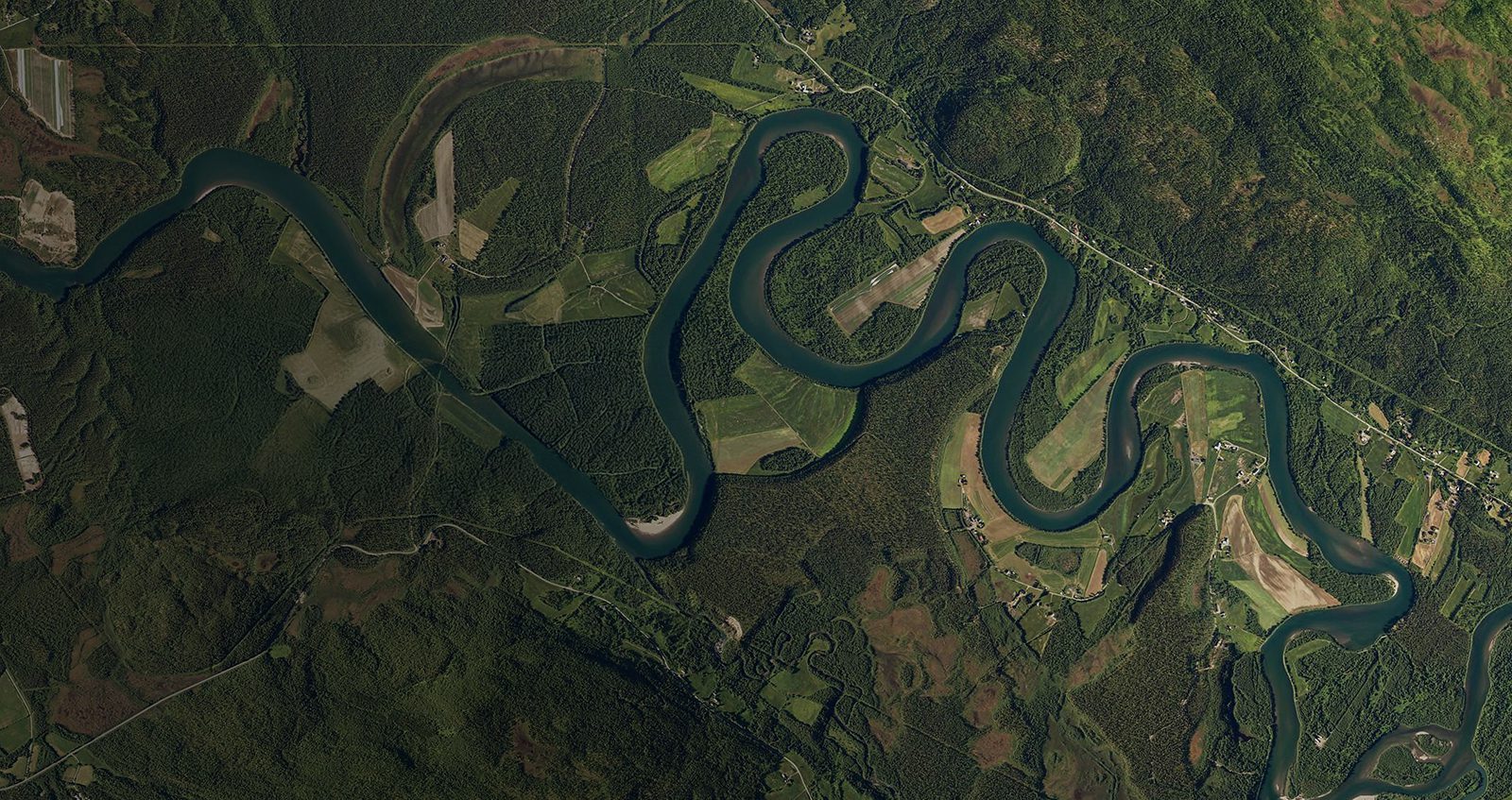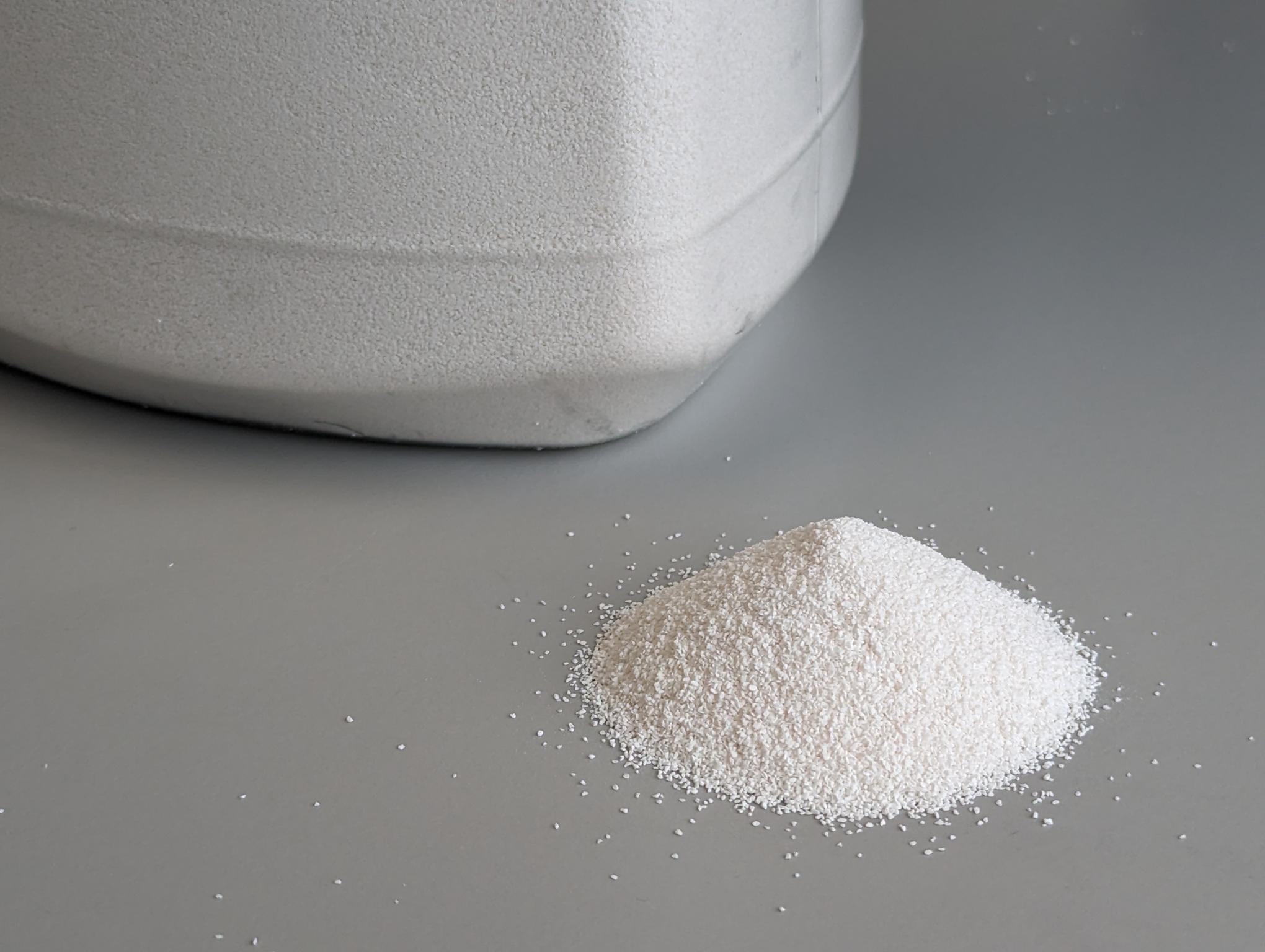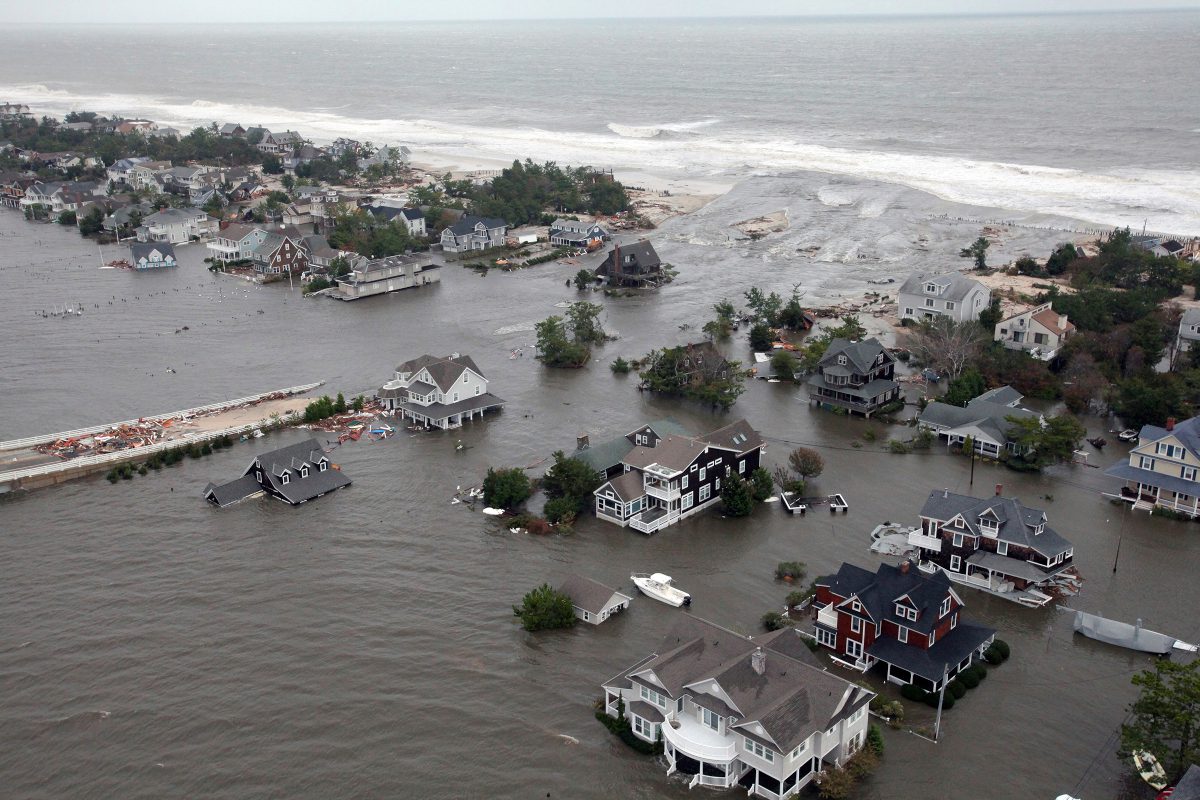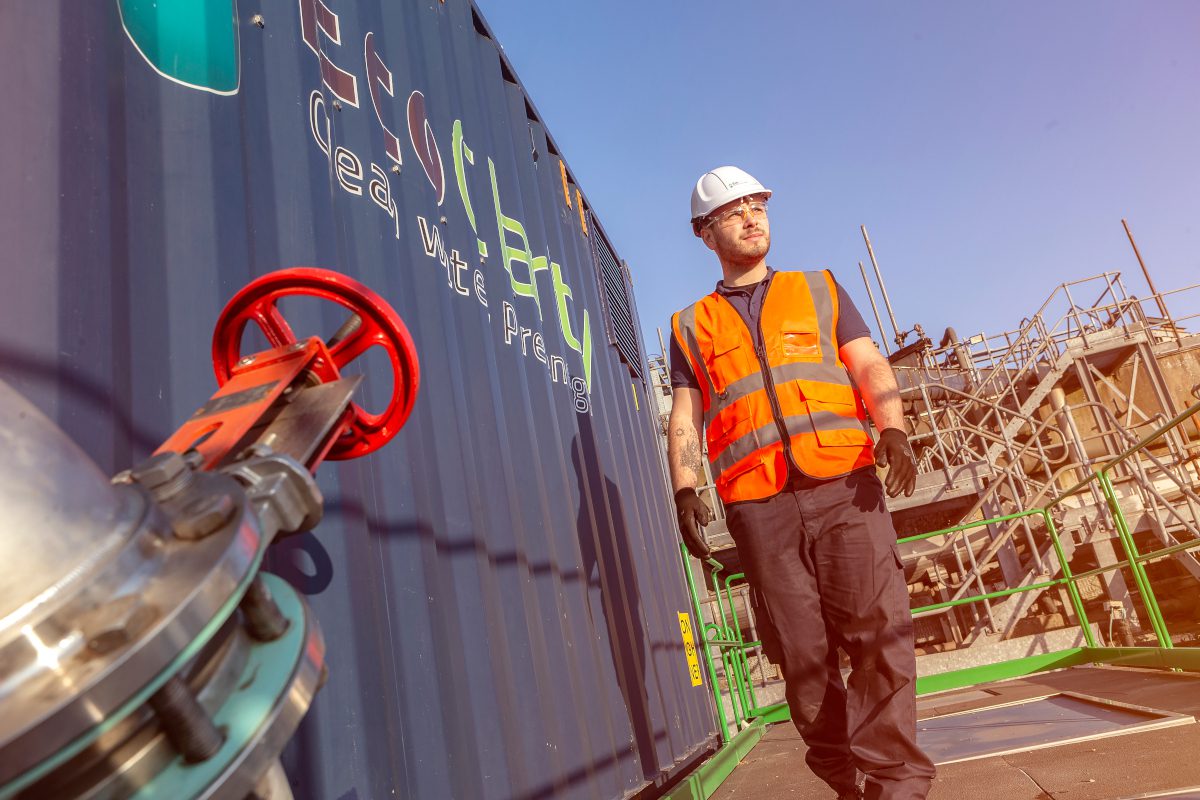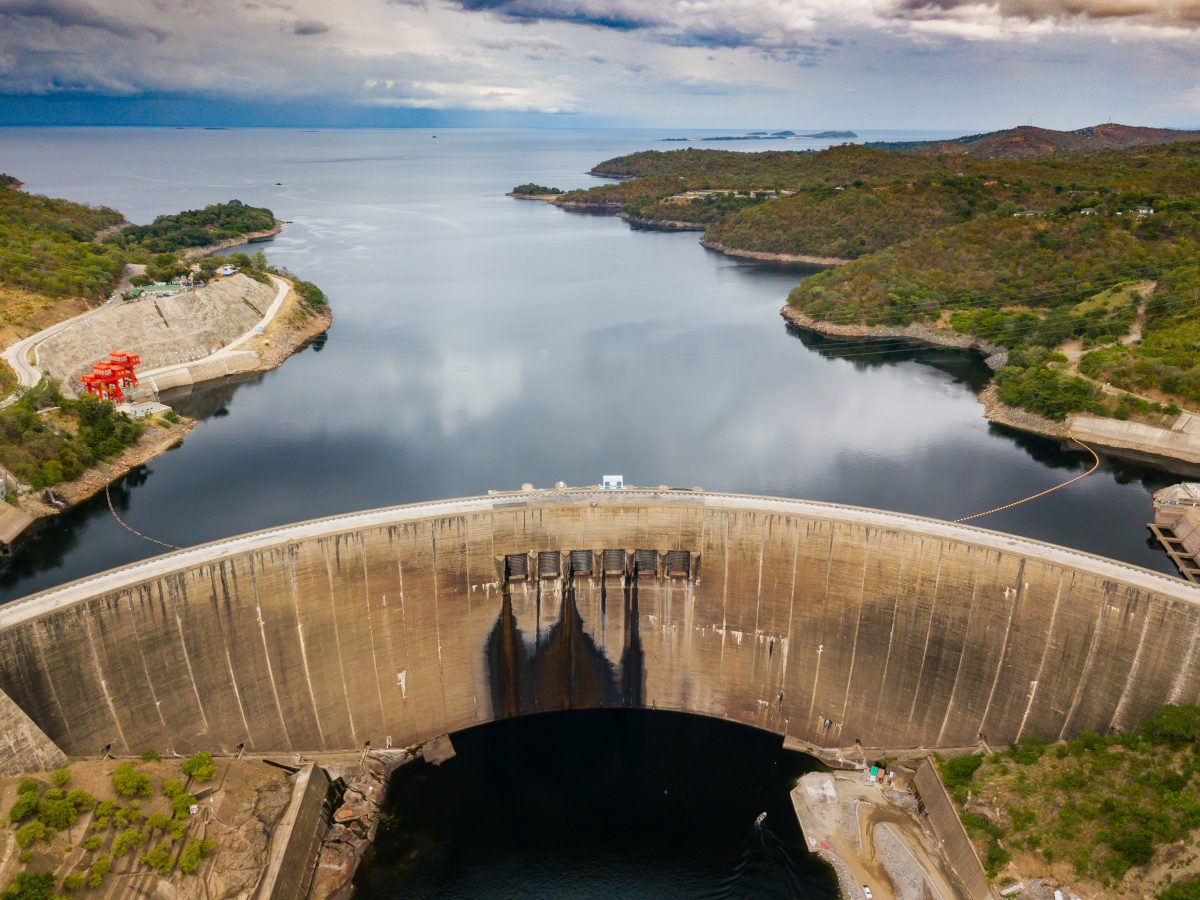A startup developing specialized biosensors, Grapheal, and the EDYTEM laboratory*, have announced the fine-tuning of a portable device for monitoring water-borne PFAS pollution. Made up of miniature sensors, this device provides in situ direct measurements of pollution linked to per- and polyfluoroalkyl substances (PFAS) in water.
Grapheal and EDYTEM co-developed the portable water monitoring device through their joint laboratory ‘Fluorograph’, under the ‘LabCom’ program supported by France’s National Research Agency (Agence Nationale de la Recherche, ANR).
PFAS are a class of around 12,000 chemicals which, due to their unique properties, are now being used in a huge number of applications and devices. A major mapping project showed that they can be found at millions of sites throughout Europe. As a result of their extraordinary persistence, toxicity and (bio)accumulation, PFAS are now described as ‘forever chemicals’. They cause major health problems and environmental damage. Consequently, detecting trace amounts of PFAS and monitoring them has become a global priority. Evaluating PFAS contamination of water sources is currently a highly complex matter, requiring laboratory testing with the use of sophisticated and costly equipment.
To address this, the Fluorograph laboratory developed a miniature electronic sensor, the size of a credit card, that can conduct on-site sampling tests, making contamination mapping a much simpler task. Initial test results using these new sensors to detect one of the most common PFAS compounds, PFOA (perfluorooctanoic acid), in water, showed detection limits in the region of 300 ng/L, below the European Union regulatory maximum of 500 ng/L of total PFAS in drinking water.
“The high sensitivity and ease of use of the Fluorograph device allow for quantitative detection of PFAS in situ and help meet the pressing need to map polluted areas and monitor them over time,” said Guy Royal, researcher at EDYTEM. “It’s a valuable tool for regulatory organizations, field researchers and other staff with responsibility for water management.”
“As it is produced with printed electronics and uses a carbon sensor, Flurograph’s device has a very low environmental impact,” said Vincent Bouchiat, CEO of Grapheal. “On-site analysis is made easier, making it possible to increase the density of tests while significantly reducing the financial burden associated with frequent water analyses. In this context, Grapheal is looking for industrial partners to support the industrialization of its solution and the increase in production volume.”
* a joint research unit between France’s Center for Scientific Research (CNRS) and Savoie Mont Blanc University






